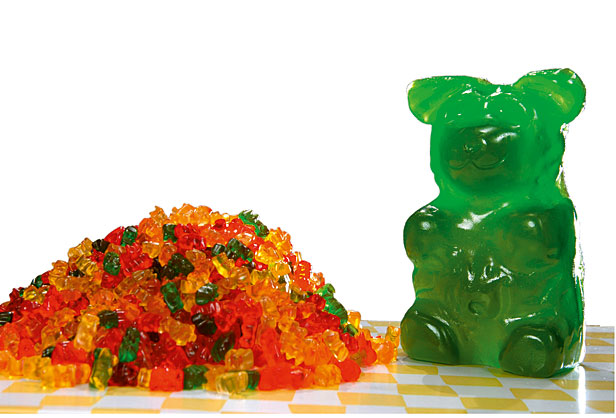Round, rough-skinned pears fill our Fukushima City apartment. Before the pears it was enormous, impossibly succulent peaches. Apples will be next.
Prior to the meltdown at the Fukushima Daiichi Nuclear Power Plant six months ago, people all across Japan would send seasonal Fukushima-grown fruit to their relatives and neighbors. But now those outside Fukushima are too wary of possible radioactive contamination in produce grown here — and the fruit piles up.
The locals live with the risk. With a surplus of crops growing in the adjacent countryside, the fruits circulate in Fukushima like proverbial American fruitcakes at Christmas. We conspired to regift a box of pears to one neighbor, but they beat us to it and gave us another box. So we eat them all.
Since May, my partner Junko Kajino and I have been filming organic farmers who search for solutions to protect the Japanese food supply and recover their land and livelihoods from the nuclear fallout. Our days revolve around exploring the impact of food contamination. But we still have to eat. We drink bottled water and avoid the most notoriously contaminated items — beef, milk, green tea, mushrooms. And we assume that everything we eat contains some radionuclides. We estimate our internal exposure based on levels reported for similar products, combined with our exposure to background contamination.
This is the reality — for the 2 million people who live in Fukushima Prefecture, the tens of millions across eastern Japan who suffered some fallout from the March reactor blasts, and for an entire country whose food has been tainted in ways that are not fully understood.
The season’s first harvested rice stalks dry on racks dotting the landscape while Japan waits to see how the the fallout has contaminated the harvest. Early results are mixed, with samples showing radiation levels anywhere from undetectable to 100 becquerels per kilogram (a number still well below the legal limit of 500 Bq/kg). Critics here argue that the government underestimates the risk of low-level contamination, endangering public health to protect the economy. And some fear that the longstanding practice of mixing rice from multiple prefectures will introduce untraceable levels of contamination to the marketplace.
It’s up to organic farmers who sell directly to consumers to implement their own safety standards and communicate conditions to customers. Official testing remains sporadic, so organic farmers participate in independent measurement and labeling programs.
All summer we’ve crisscrossed the countryside, meeting Fukushima farmers. Here are some of their stories:
- Hiroaki Yoshida, an organic rice farmer in an area with low radiation levels, still faces a drop-off in sales. He wants to start an organic farming school where farmers displaced by radiation can teach their methods to young trainees. Yoshida’s son Masanori has been groomed to take over the farm someday, but the two can’t agree how best to deal with their current challenges.
- The Abukuma Mountains partly shielded Seiju Sugeno’s Playing-With-Clouds Farm from contamination, but runoff is an ongoing threat. Sugeno grows sunflowers, which he believes decontaminate the land while generating uncontaminated biofuel. He plans to work to reduce the contamination year by year, rigorously testing his yield and reporting the contamination he finds. His daughter Mizuho works with him and hopes she can build a sustainable life for herself here. (See Sugeno’s farm in the video clip below.)
- Masami Yoshizawa is keeping his 300 irradiated dairy cows alive inside the evacuation zone, hoping they can escape a death sentence and become research subjects. He’s been driving across Japan in a van equipped with loudspeakers, calling for nuclear plant decommissioning and higher, more prompt evacuee compensation.
- Yuko Ouchi has already sold off much of her orchards for residential development. She’s working with a team of professors on intense land cleanup efforts. She buries organic radioactive waste on her property, for lack of an alternative.
- Kinju Watanabe hasn’t found detectable radiation levels in his fruit, despite documented contamination surrounding his Fukushima City orchards. Researchers are investigating whether bacteria and fungus that flourish in organically cultivated soil may be preventing crops from absorbing radioactive cesium, or possibly converting the cesium into non-radioactive elements.
These efforts are promising, but will they be enough? Can independent food producers survive public mistrust? Can the agricultural bureaucracy adapt fast enough to protect the public from dangerous food? Can cleanup and cultivation methods that appear effective in isolated areas be scaled up sufficiently to ensure the long-term health of Japan’s farms? How will the risks and possible solutions impact food growers and consumers in other countries? We’ll be returning to Chicago in October to edit our film, Uncanny Terrain, but we have plans to come back to Fukushima next spring. Stay tuned as we continue exploring the lives of the people on the front lines of Japanese farming.



